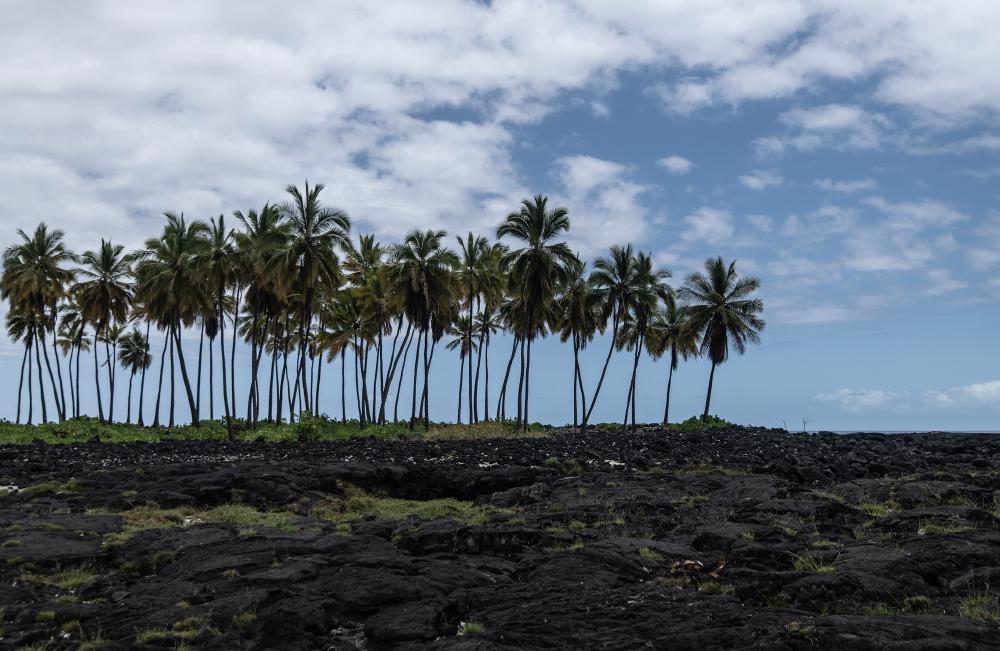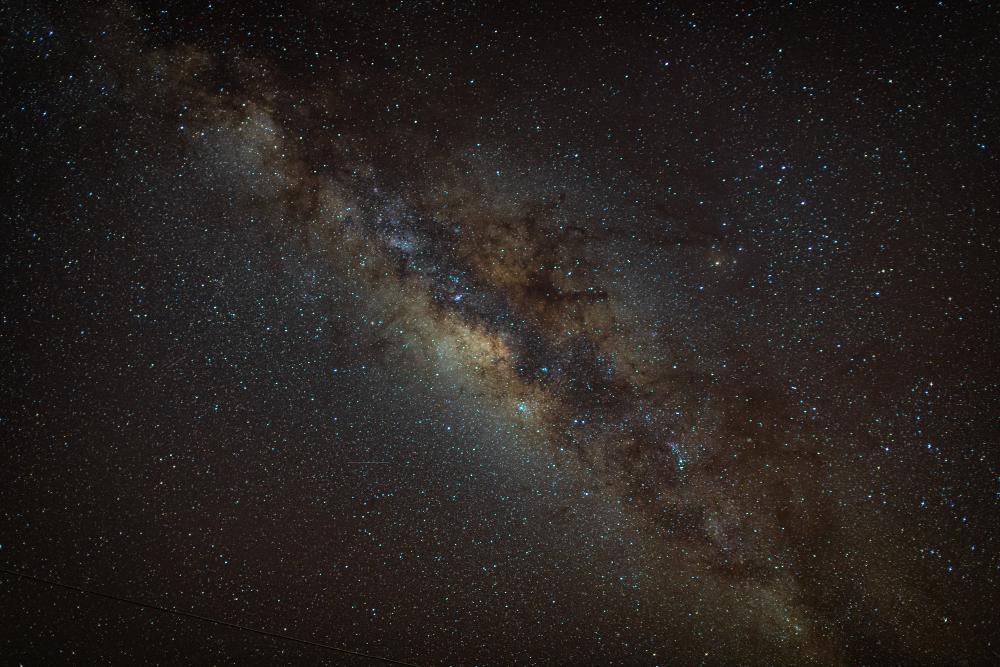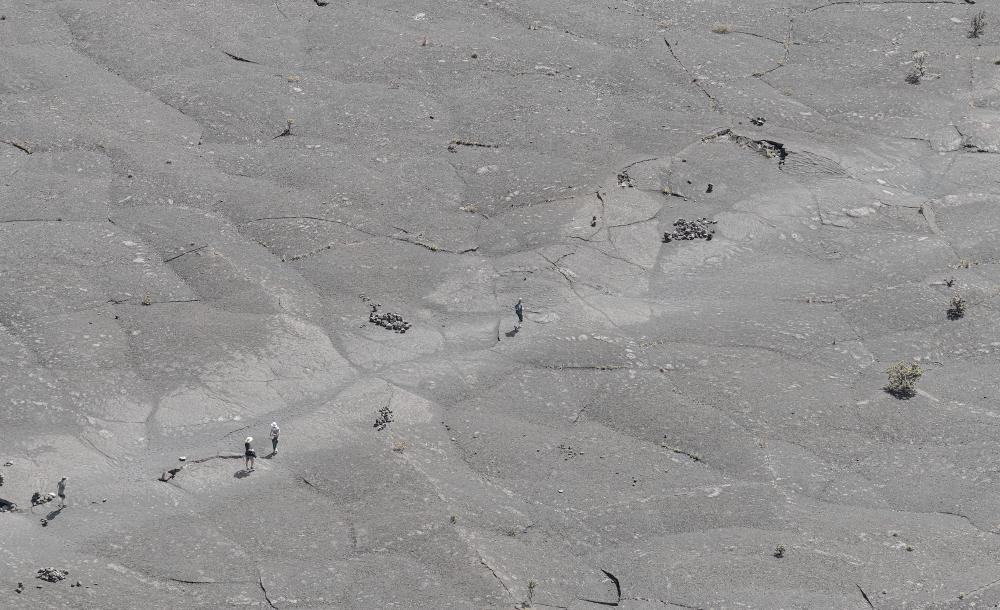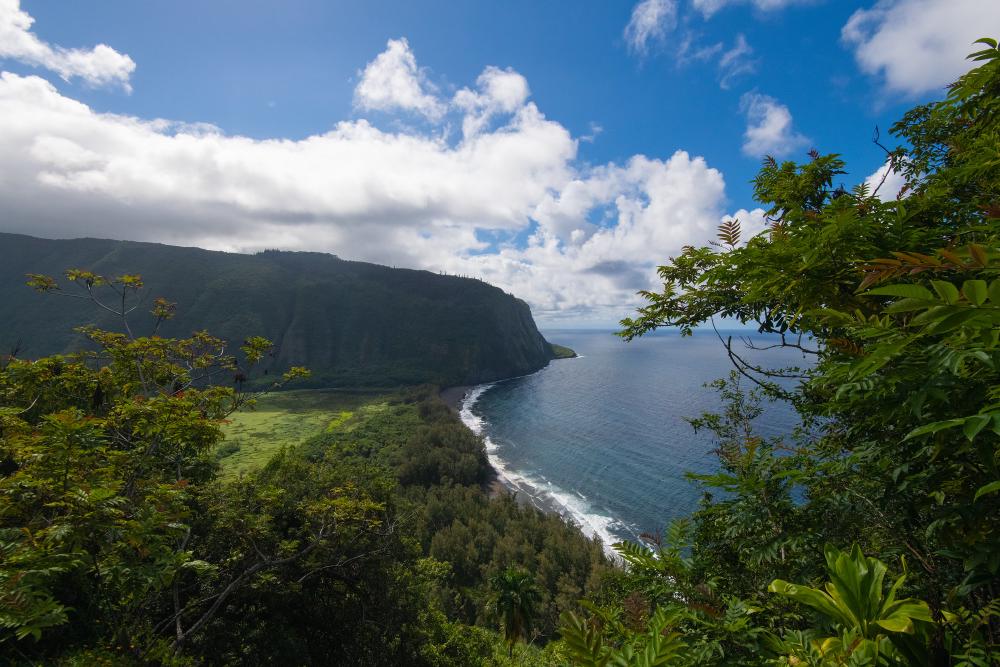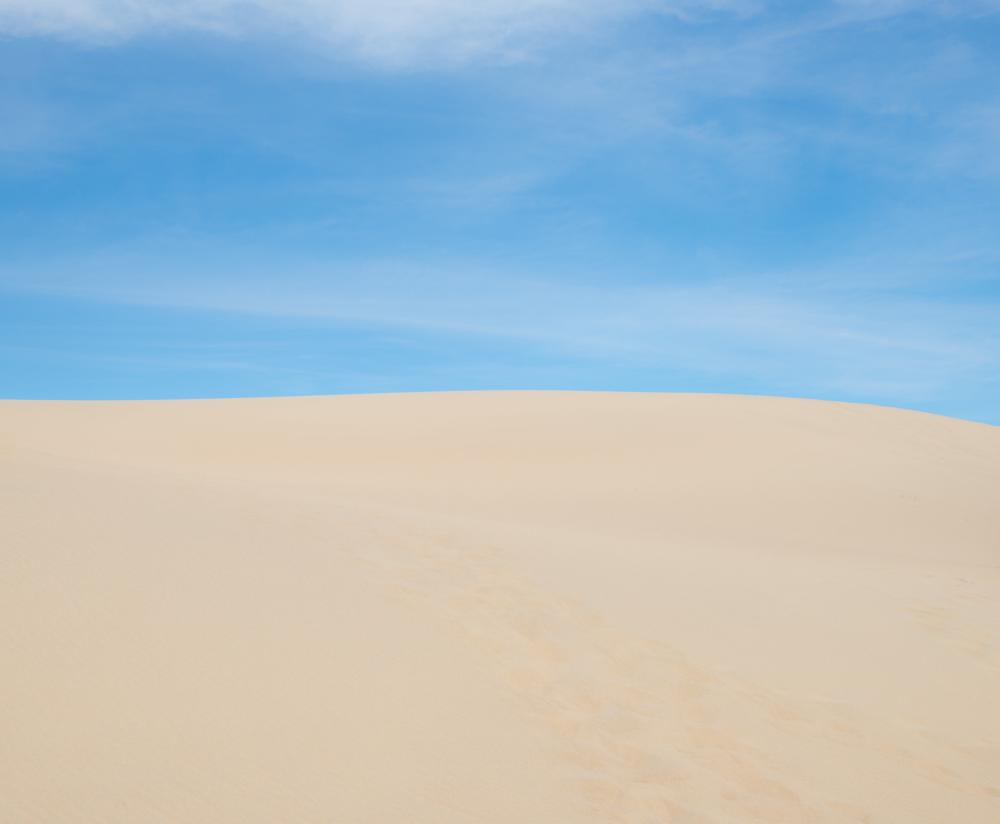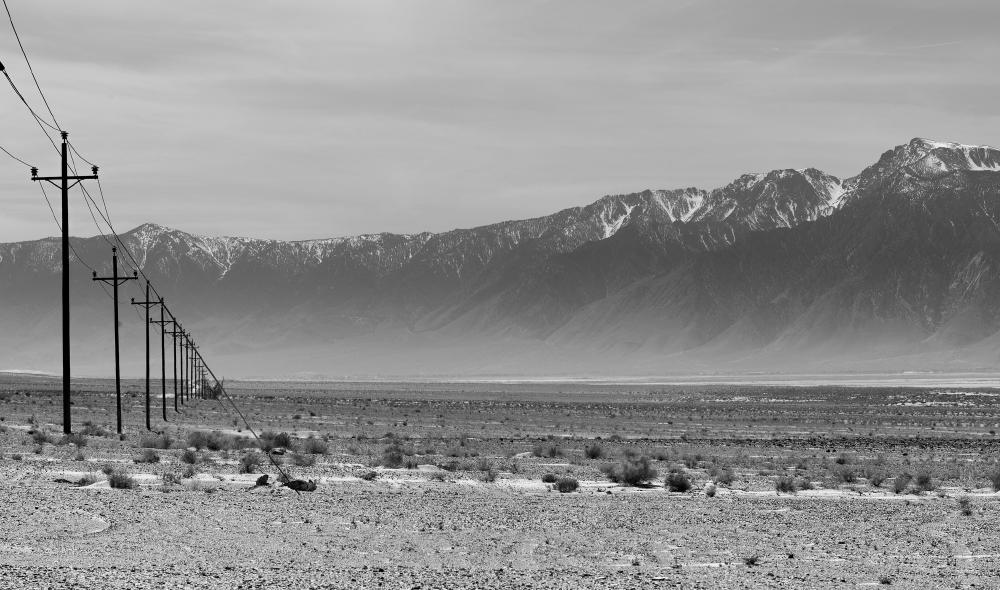In May last year, we went on a trip to southern California over an extended weekend. Our primary target was to visit Channel Islands National Park, which had been on the to-go list for a long while. We wanted to spend at least two or three days on the island but the logistics made that hard, so we had to split that time in two separate visits. With the two days we had in the middle, we decided to pay a visit to Joshua Tree National Park.
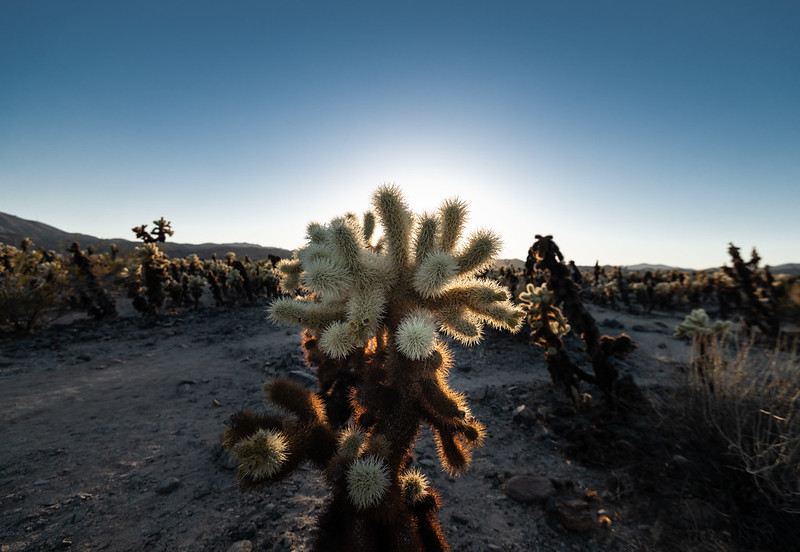
We originally budgeted two days in the park but decided to cut it short and drove south to the Salton Sea instead. If you’re not aware of this place, it was the topic of a great 99 Percent Invisible episode. Long story short: people in the early 1900’s made a mistake when working on the Colorado river and created the vastest body of water in California by accident.
After a brief moment in time where the area was developed as a tourist destination for Angelenos, the lack of fresh water and the pollution from agricultural runoff caused the salinity of the lake to spike, rendering the area inhospitable for animals and humans alike. People left in droves, abandoning fancy hotel buildings to rot as the water receded away from them. The handful of people who couldn’t leave or decided to stay in Bombay Beach must deal with the post-apocalyptic nature of the place.

Today, the Salton sea is the stage for a fast-moving ecological collapse, with only few animal species on their last leg. Interestingly though, the area also became home to a handful people living off-the-grid, bunched up together in settlements in the middle of nowhere, making art.

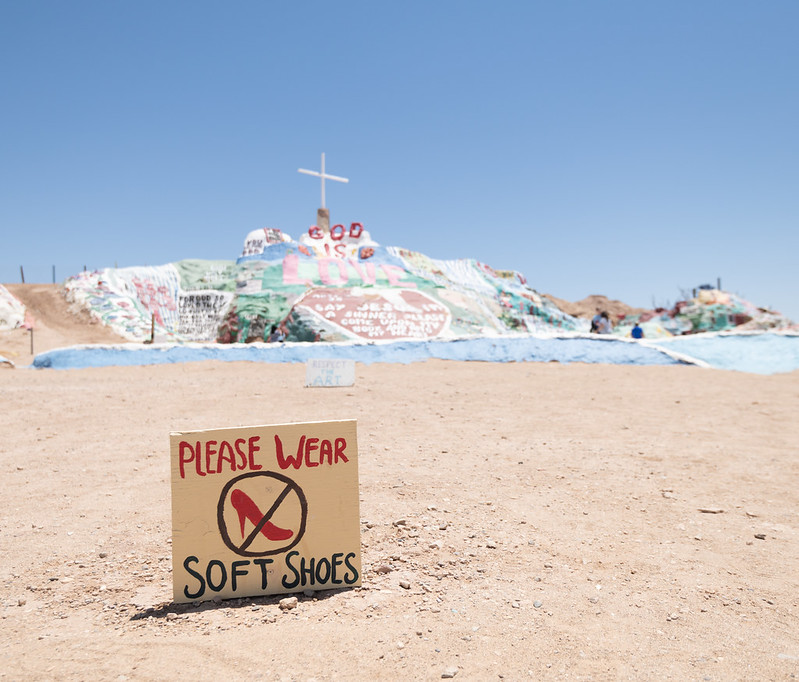
Once our time ran out, we headed back to the coast. On the second visit to Santa Cruz island, we spent the night at Scorpion Ranch, a campground close to the coast and surrounded by adorable little red foxes. The land covered by Channel Islands NP is deliberately underdeveloped, as the park authority made the decision to focus on the preservation of the natural habitat.
There are no roads, no cars, and the few buildings are reserved for park staff. The island was once inhabited by farmers but stewardship transferred over to the NPS in the second half of the 20th century. We went of a couple of hikes and did a kayak tour of the sea water caves.
The mood in that place was very distinct from the one inland.



All photos here.
